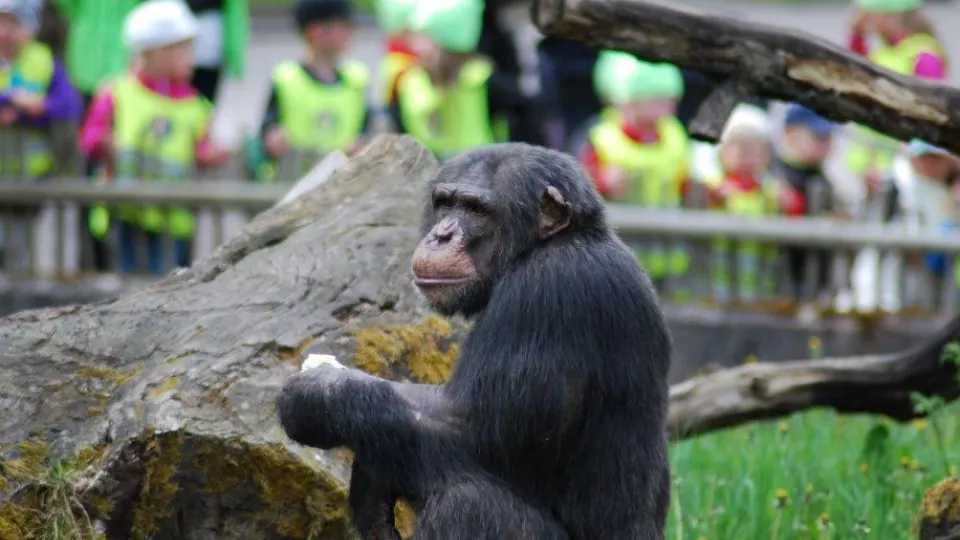“We were surprised to say the least to receive the call from the organisers”, says one of the authors Tomas Persson. “We never considered our findings improbable, but we realise that the study may be perceived as comical. After all, we did spy on visitors to see how they behaved in front of the chimpanzees. Either way, we were happy to accept the award, and it’s been difficult keeping it a secret for several months.”
The Ig Nobel Prize is awarded once a year to a handful of researchers from around the world, engaged in “improbable research” – studies that at first make people laugh, but then make them think and spark their curiosity. The prize, which nowadays is presented by actual Nobel Prize laureates, has been awarded for 28 years for the purpose of generating the public’s interest in science.
“The results of the study indicate what we have suspected for quite some time”, says co-author Gabriela-Alina Sauciuc. “Imitation in animals has for long been viewed as a form of learning, but what we observed was rather a playful, social function. By copying each other’s actions, they seemed to sustain the spontaneous interaction between the species for a longer period of time.”
The chimpanzees and the visitors imitated each other to an equally high degree. Ten per cent of the actions directed towards the other species were imitations of what the other species had just done.
There was also significant overlap in the type of actions imitated by the two species. Both humans and chimpanzees imitated common actions, such as hand clapping and kissing or knocking on windows.
“The most surprising observation in our study was how little the visitors imitated the chimpanzees. Humans are notorious imitators, whereas chimpanzees have been considered fairly uninterested in imitation. However, this is when imitation has been studied as a form of learning. In our case, clearly the motivation to imitate was equally high in both species”, says Tomas Persson.
The study was the first to systematically investigate spontaneous imitation between zoo chimpanzees and zoo visitors, and to highlight the social and communicative role that the imitation of familiar, routine actions may acquire during such interactions. The findings suggest that intentional imitation in ape evolution might have evolved for communicative and affiliative purposes, besides the more widely acknowledged learning function of imitation.
Contact:
Tomas Persson
tomas [dot] persson [at] lucs [dot] lu [dot] se
+1 6178587458
Read more about the study
Read more about the IgNobel Prize
Ig Nobel Prize awarded to study on how chimpanzees and humans imitate one another

At the Furuvik Zoo in Sweden, visitors and chimpanzees imitate each other to an equal degree. This was shown in a study published in the journal Primates in 2017. The researchers – cognitive scientists Tomas Persson, Gabriela-Alina Sauciuc and Elainie Madsen at Lund University in Sweden – are this year awarded the Ig Nobel Prize, which is presented to a handful of researchers each year for “improbable research”. The researchers received the award during a ceremony at Harvard University in Boston, USA on 13 September.